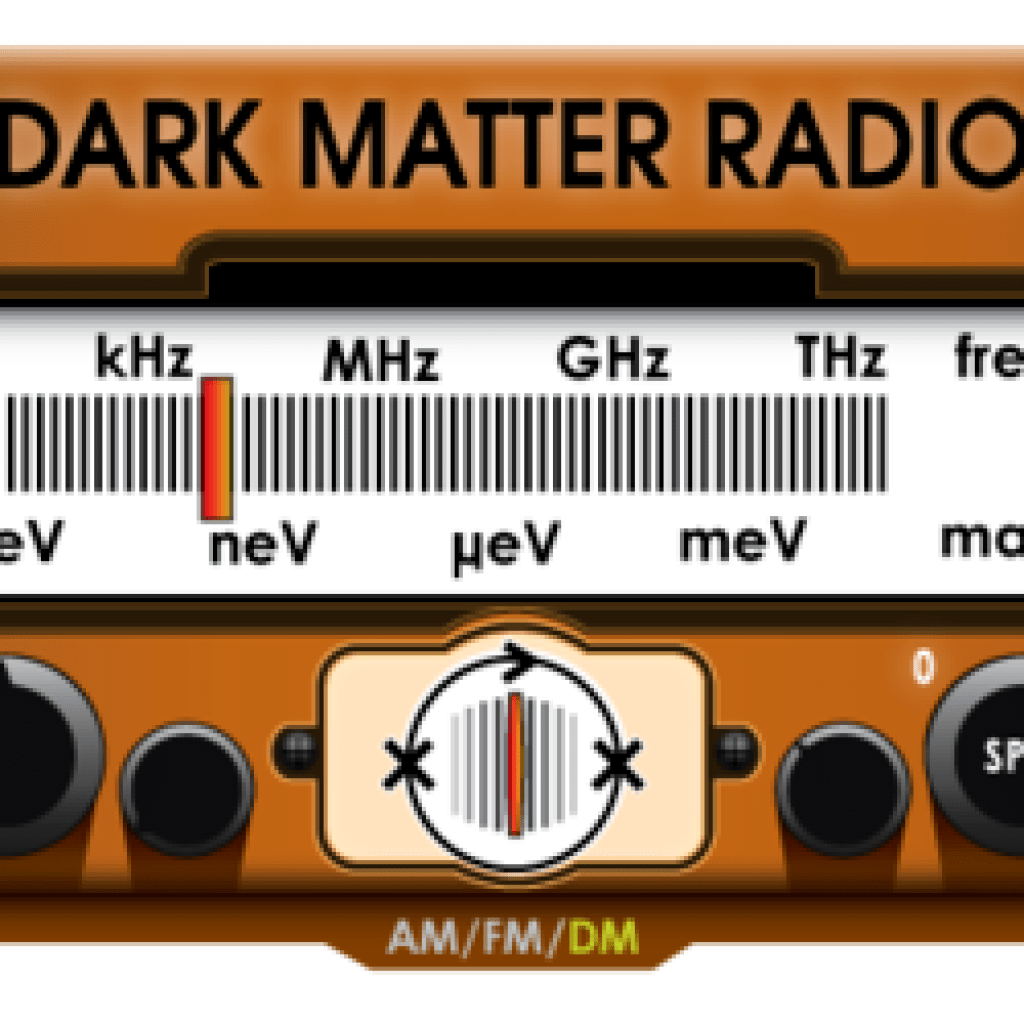(Science.org) Kent Irwin, a quantum physicist at Stanford University, plans to tune in to dark matter signals in an experiment called Dark Matter Radio (DM Radio) that is transformed into a quantum sensor. IQT-News summarizes a version of his research.
No ordinary radio will do. To make the experiment practical, Irwin’s team plans to transform it into a quantum sensor—one that exploits the strange rules of quantum mechanics. Quantum sensors received $1.275 billion in funding in the 2018 U.S. National Quantum Initiative. Some scientists are employing them as microscopes and gravimeters. But because of the devices’ unparalleled sensitivity, Irwin says, “dark matter is a killer app for quantum sensing.”
DM Radio is just one of many new efforts to use quantum sensors. Some approaches detect the granularity of the subatomic realm, in which matter and energy come in tiny packets called quanta. Others exploit the trade-offs implicit in the famous Heisenberg uncertainty principle. Still others borrow technologies being developed for quantum computing. Physicists don’t agree on the definition of a quantum sensor, and none of the concepts is entirely new. “I would argue that quantum sensing has been happening in one form or another for a century,” says Peter Abbamonte, a condensed matter physicist and leader of the Center on Quantum Sensing and Quantum Materials at the University of Illinois, Urbana-Champaign (UIUC).
Dark matter hunters have turned to quantum sensors—a shift partly inspired by another hot field: quantum computing. A quantum computer flips quantum bits, or qubits, that can be set to 0, 1, or, thanks to the odd rules of quantum mechanics, 0 and 1 at the same time. That may seem irrelevant to hunting dark matter, but such qubits must be carefully controlled and shielded from external interference, exactly what dark matter hunters already do with their detectors, says Aaron Chou, a physicist at Fermi National Accelerator Laboratory (Fermilab) who works on ADMX. “We have to keep these devices very, very well isolated from the environment so that when we see the very, very rare event, we’re more confident that it might be due to the dark matter.”
The interest in quantum sensors also reflects the tinkerer culture of dark matter hunters, says Reina Maruyama, a nuclear and particle physicist at Yale and co-leader of HAYSTAC.
Yonatan Kahn, a theoretical physicist at UIUC, says quantum sensors open the way to testing new ideas for what dark matter might be. “You shouldn’t just go blindly looking” for dark matter, Kahn says. “But even if your model is made of bubblegum and paperclips, if it satisfies all cosmological constraints, it’s fair game.” Quantum sensing is essential for testing many of those models, Irwin says. “It can make it possible to do an experiment in 3 years that would otherwise take thousands of years.”
<https://www.insidequantumtechnology.com/wp-admin/post.php?post=17803&action=edit>
Sandra K. Helsel, Ph.D. has been researching and reporting on frontier technologies since 1990. She has her Ph.D. from the University of Arizona.
